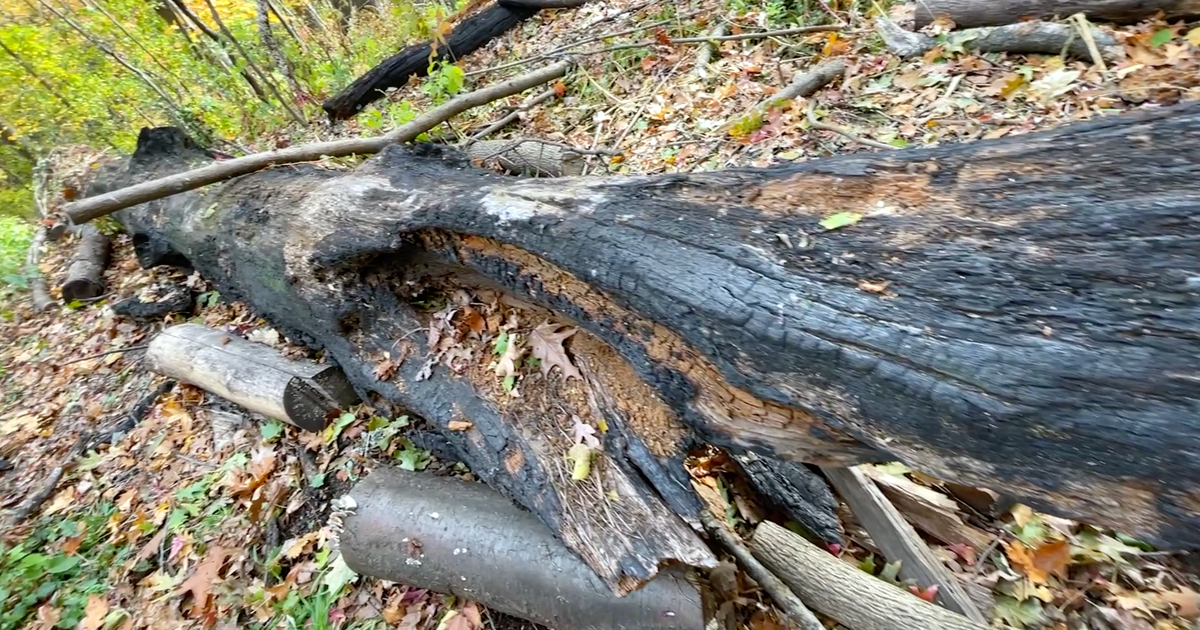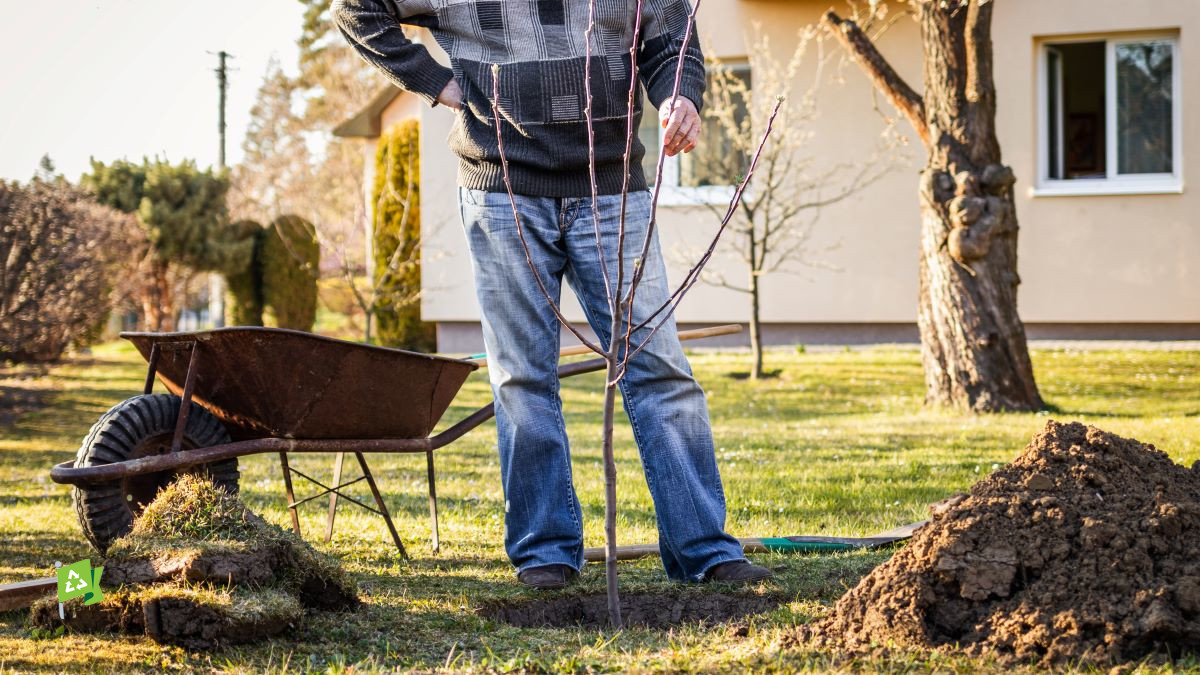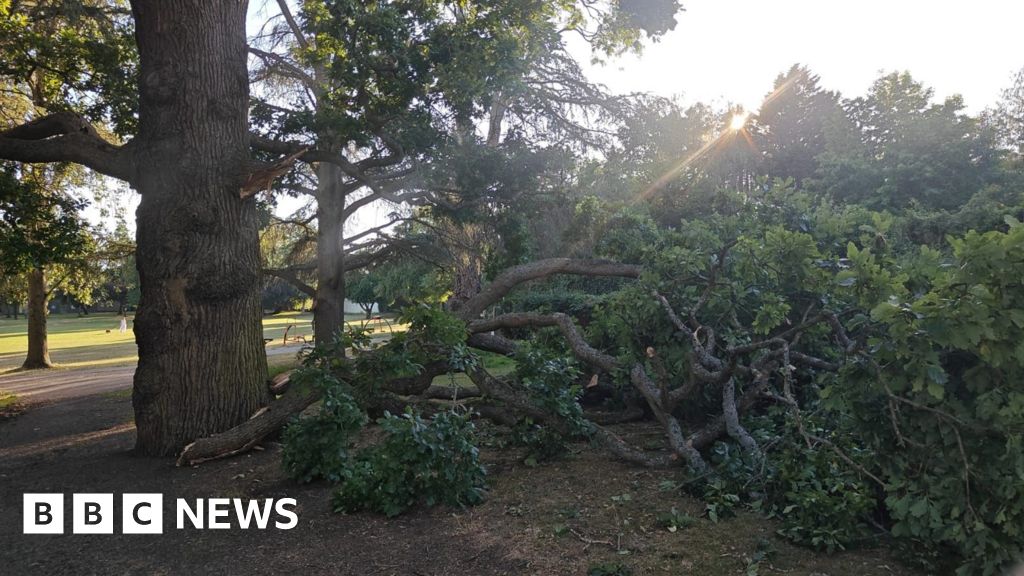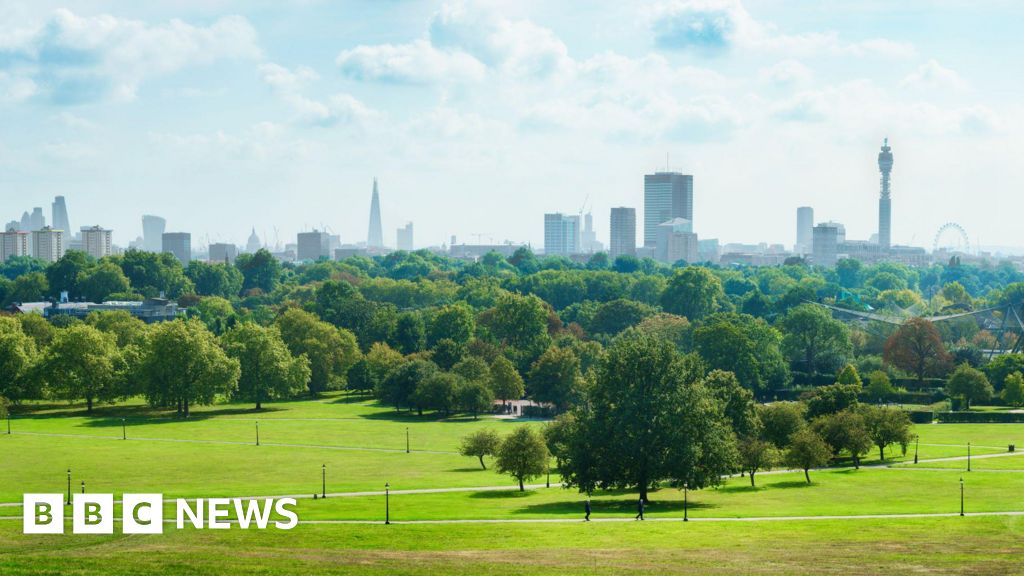#urban-forestry
#urban-forestry
[ follow ]
#tree-planting #new-york-city #climate-change #tree-canopy #environmental-equity #environmental-impact
fromwww.cbc.ca
1 month agoU of T students gather White Oak acorns at Queen's Park in an effort to preserve native trees | CBC News
Eric Davies, a forest ecologist at the University of Toronto, led a group of undergraduate students in the university's foresters club as they gathered about six litres of acorns from a tree in Queen's Park North, one of four remaining large White Oaks in the park. White Oaks, a common deciduous tree species in North America, are the largest and oldest trees in the green spaces outside the Ontario Legislature. "This tree in particular is one of the oldest remaining white oaks at Queens Park," Davies said said, pointing to a massive tree behind him. "It's a beautiful long-lived tree."
Environment
fromCity Limits
2 months agoThriving Natural Areas Help Keep NYC Sewers from Overflowing, Report Finds
When it rains, New York City's natural areas-made up of forests, wetlands, and grasslands-play a crucial role in keeping sewers from overflowing by soaking up 17 percent of the city's stormwater, a new report by the Natural Areas Conservancy (NAC) finds. The report reveals that this natural landscape, which makes up a third of the Big Apple's more than 30,000 acres of parkland, soaks up twice the amount of storm water on a per unit basis when compared to other forms of green infrastructure like rain gardens.
Environment
fromwww.theguardian.com
3 months agoThe tree is trying its best': why New Yorkers are counting and rating every park tree
On a recent morning, as the late August sun began to beat down, a few dozen New Yorkers stood in the shade of one of the nearly 500 trees adorning Harlem's Marcus Garvey Park, worrying a bit about hurting its feelings. We had already identified the species bald cypress thanks to its feathered leaves and strong pyramidal shape, measured its trunk's circumference (17in; 43cm), and noted that its roots appeared normal, its leaves were healthy and its branches had suffered some damage from improper pruning.
New York City
Environment
fromHeybike
7 months agoHeybike x One Tree Planted: Green Rides for A Cleaner World
Heybike's Earth Day campaign promotes urban tree planting through biking initiatives, encouraging community involvement in reforestation.
Participants help plant trees by riding Heybikes and documenting their distance, enhancing urban ecosystems and supporting cleaner air.
[ Load more ]













